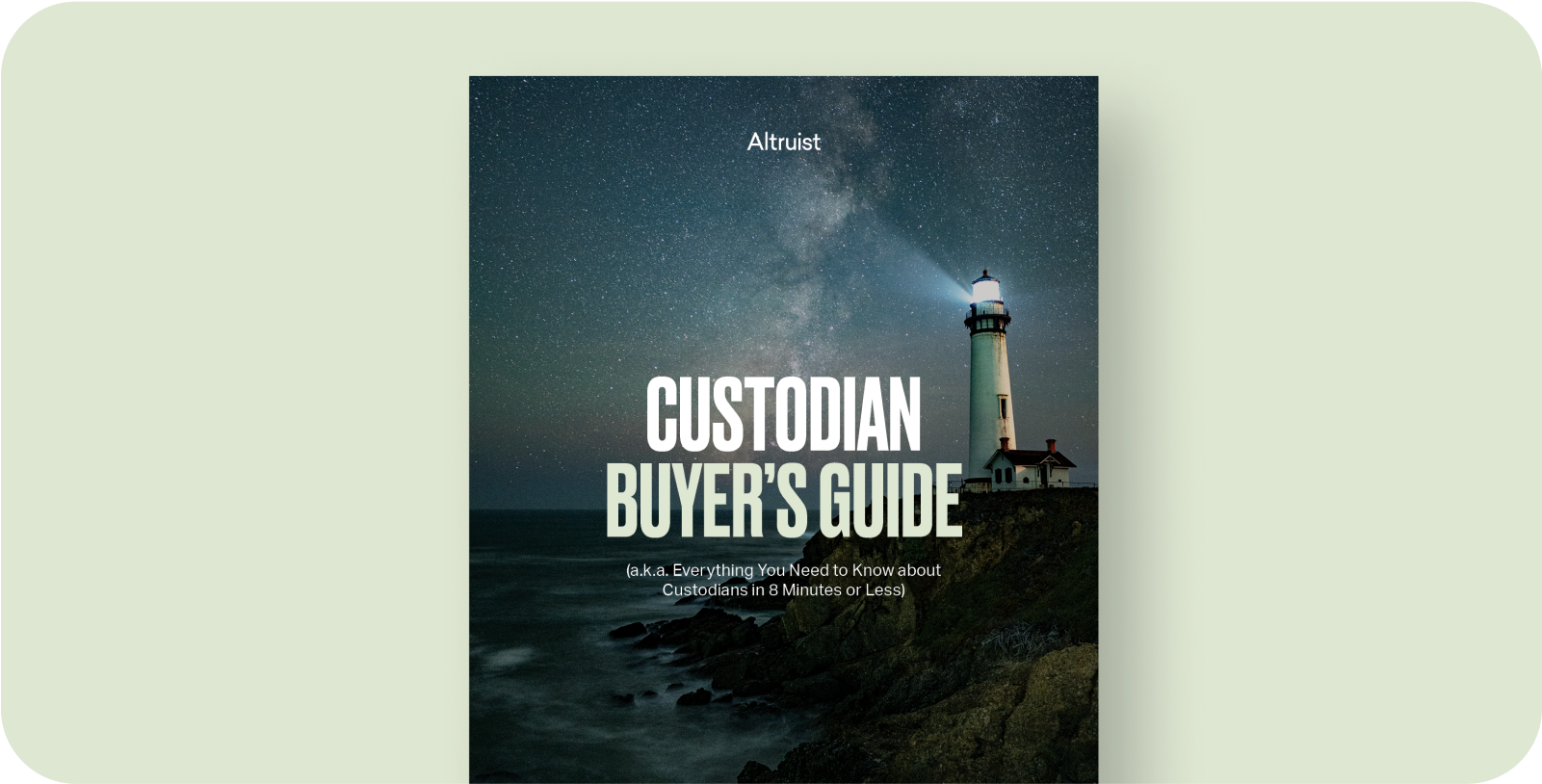Battling imposter syndrome and figuring out your ideal client is a challenge for many financial advisors. But a personalized marketing plan can grow your firm while attracting the best-fit clients for you.
In this episode, Cathy Curtis shares what she’s learned in her 20 years of advising clients.
One of the best ways to fight self-doubt and attract the best-fit client is to leverage personalization.
What does this look like in practice?
Start by finding your niche. In Cathy’s case, she strives to help independent women reach their financial goals. Now, where does this niche gather? Online and in-person, find where your potential client is networking and become an active member of that community. Networking with who you want to work with is a smart way to build a base within your niche. Over time and increased exposure within the niche, you’ll become the expert with a specific focus. And with that, you’ll start to attract more of the clients you want to work with – and your imposter syndrome will also begin to fade away.
As your firm begins to win more of the types of clients you want, keep the momentum going by leveraging personalization in your growth strategy.
How does personalization play a role in scaling your financial firm?
It can sound overwhelming, but this growth tactic simply means you should provide personal advice for each client. This translates into having a tight client-service model that speaks to each individual client’s pain points. Financial planning is at the core of providing service, which is why getting to know your client and their goals is important.
Here are three ways to incorporate personalization into your growth strategy:
1. Add value by mapping out a client service strategy.
Plan out how you’ll deliver value to your clients, right down to the number of meetings and touch points you’ll have throughout the year. Technology can be a great partner to keep you connected with tools like email workflows and self-booking calendars.
2. Be as proactive as possible.
That means keeping up with what’s happening in the market and reaching out to your clients that will be affected by it. For example, if there is a drastic shift in mortgage rates, reach out to the segment of clients that could be impacted by this and offer your advice – before they reach out to you.
3. You must trim in order to grow.
Personalization can also come in the form of knowing your strengths and weaknesses. It’s okay to transition out clients that you can no longer serve. If it’s not the right fit, release and focus on the ones that you can grow and continue to do good work for.

Ultimately, providing exceptional services allows you to offer additional value to existing clients. Instead of spending time and resources on attracting new clients to your firm, what can you do to grow assets by retaining current clients?
For example, let’s say you have a client that is retiring. They have spent their career investing in their company’s 401(k) plan and are now faced with two options: they can roll their savings into an IRA and manage it themselves, which could incur higher fees, or they could move those assets under your management. Because of the remarkable service you’ve consistently provided, they decide to have you manage their money and help with RMDs, withdrawal plans, and tax strategy. You’re able to provide value to your existing client -- year over year -- and grow your firm at the same time.
Showing your value through a personalized approach is the most cost effective way to grow your firm and build your expertise. Imposter syndrome doesn’t stand a chance when you have a plan of attack in place!
To learn more about Cathy and her services, visit Curtis Financial Planning.
About Grow
Grow by Altruist is a show dedicated to bringing business growth advice to advisors, by advisors. I'm your host Dasarte Yarnway and each week I sit down with industry professionals as they share their best ideas around attracting new prospects, building a successful firm, and keeping clients happy. Watch more episodes here.













